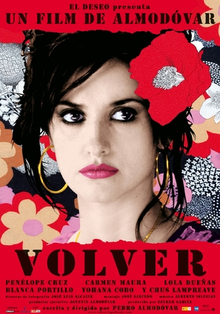On top of the Nobel Prize announcements this month, there’s been plenty of cool new science news as well, so let’s get to them.
- My favorite of the lot is the recent breakthrough in reading papyrus scrolls recovered from the ruins of a Roman villa in Campania. The villa was destroyed by the famous Mount Vesuvius eruption in 79 AD and was actually discovered back in the 1750s. Researchers back then tried to unroll the carbonized scrolls but ended up destroying many of them. Flash forward to the present day and we can now virtually unroll the scrolls by scanning them, layer by layer, with a computerised tomography x-ray machine. The latest twist is using machine learning to decipher the resulting images and iterating until recognizable letters can be read from them. This marks only the beginning of what will undoubtedly be a massive effort to read the more than 500 scrolls that still survive and will provide new primary sources for classicists to pore over for decades to come.
- More controversial is a new paper discussing the causes of the decline in the mental health of children. The central idea is that the decline is caused by a corresponding decline in children having unsupervised, independent activity of their own, that is playing by themselves or with friends, or even doing part-time jobs without the involvement of family members. It seems indisputable that children did have more independent activity in the past and that their mental health is declining but the evidence that one causes causes the other seems circumstantial. It does make for a good story and that’s why so many people are talking about this paper so be on the lookout for new developments in this area.
- On a lighter note, here’s an article about how coin tosses aren’t exactly 50/5 after all. The issue is that when a coin is tossed by a human hand into the air, there is always a tiny wobble in it. Due to this, the coin has slightly better odds of landing on the same side it started. The difference is small, from a sample of 350,757 coin flips, 50.8% of them ended up on the same side, and it depends on the individual. Given that coin tosses are sometimes used for some significant events, such as in sports, this may actually be an important finding.
- Finally here’s a broad overview on assembly theory, a neat idea that has been making the rounds. It really is an idea more than a theory as it doesn’t exactly offer testable predictions. The core of it comes from wondering why complex molecules exist and persist. They must have been made by some repeatable process and allows them to replicate. We’re all familiar with Darwinian selection but these processes take place on an even more fundamental scale without anything resembling DNA or RNA. They’ve come up with a way of calculating the complexity of objects based on the minimum number of steps that are needed to create it from its constituent parts which they call the Assembly Index. This could be useful to detect the presence of life which aren’t based on the same chemical building blocks as Earth-based life. Again, I don’t think this is science but it’s cool to learn and think about.




